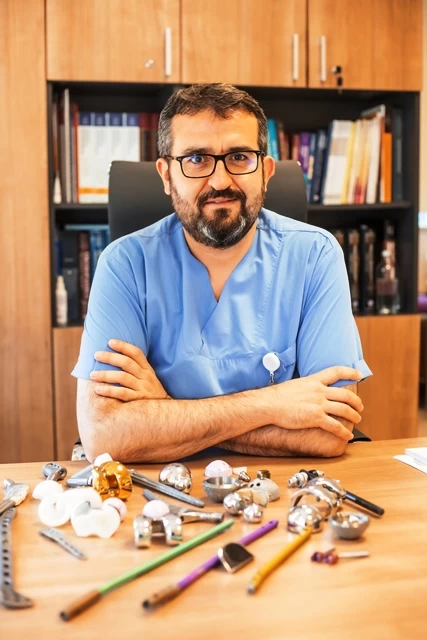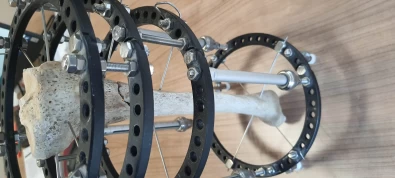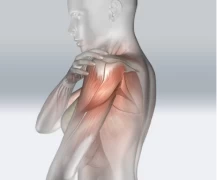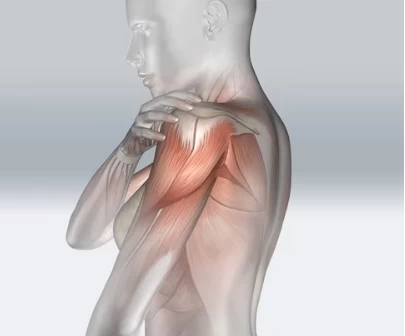
Shoulder Arthroscopy: A Glimpse Inside Your Joint
- Shoulder Arthroscopy: A Glimpse Inside Your Joint
- A Troublesome Shoulder
- Orthopedic Assessment
- Diagnosis
- Treatment
- How Is Arthroscopy Performed?
- Are There Risks and Limitations to Arthroscopy?
- Post-Arthroscopy
A Troublesome Shoulder
The shoulder region is where the most mobile four joints of our body converge, known for its extensive range of motion. Unfortunately, this wide range of movement also makes it susceptible to injuries. Shoulder problems can arise from attempting to raise your arm over your head or due to the impact of accidents, and they can often become recurring issues. However, overcoming shoulder problems is no longer difficult, thanks to the method of shoulder arthroscopy.
Orthopedic Assessment
Discovering the source of shoulder pain is a meticulous process that requires your doctor's thorough examination. This assessment involves listening to your personal medical history, conducting a physical examination, and performing specific tests for particular issues. Your doctor gathers detailed information by asking various questions about your discomfort, complaints, and past treatments. These answers guide the resolution of your shoulder problem.
During the examination, your doctor conducts special tests to evaluate the tenderness, loss of strength, pain, limited mobility, and other issues in your shoulder. These tests are crucial for diagnosing your condition and planning subsequent treatment processes.
Additionally, if necessary, radiological imaging methods may be employed to help your doctor determine which areas to focus on during arthroscopy. X-rays and magnetic resonance imaging (MRI) play a fundamental role in diagnosing bone and soft tissue problems.
Following detailed radiological examination, arthroscopy may be required for an accurate diagnosis. This procedure assists your doctor in fully understanding your condition.
Diagnosis
- Effects of Compression: Especially in advanced age, repeated lifting of the arm can lead to compression and damage between the rotator cuff muscles and the soft tissues covering them. Arthroscopy can visualize the damages, tears, and inflammatory conditions in this region.
- Rotator Cuff Tears: Tears in the four main muscle groups that move the shoulder
- Labral Tears: Tears in the deep tissues that support the shoulder joint, usually associated with dislocations or similar traumas
- Instability Issues: Excessive looseness of the structures around the shoulder socket, leading to recurrent dislocations
- Capsule Tears: Tears in the shoulder joint capsule
- Frozen Shoulder: Limited movement of the shoulder joint
- Effects of Arthritis: Degeneration of the shoulder joint
Treatment
After diagnosis, the treatment approach is shaped according to the underlying cause. Among different treatment options, if positive outcomes cannot be achieved through methods such as painkillers and edema-reducing therapies, arthroscopic surgery is recommended for patients. Arthroscopy is a method typically performed on an outpatient basis, with the patient staying in the hospital for one night. During this procedure, the doctor performs an internal visualization of the shoulder joint. Following arthroscopic surgery through small skin incisions, these incisions are closed with stitches and covered with dressings and bandages. Due to the small and narrow incisions, post-arthroscopy wound healing and pain are significantly reduced.
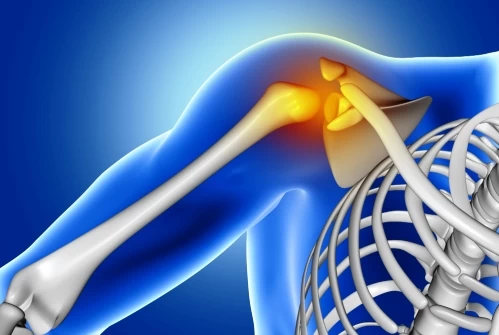
How Is Arthroscopy Performed?
Arthroscopy is a surgical technique in which your doctor, using a special camera system, visualizes the inside of your joint by making a small incision in the skin. This technique is used to identify the underlying causes of various joint problems and offers both diagnostic and treatment possibilities.
Are There Risks and Limitations to Arthroscopy?
Like any surgical intervention, arthroscopy also carries certain risks. These may include the risk of infection, potential complications from the injected fluids, and potential damage to blood vessels and nerves. Arthroscopy alone may not be sufficient to resolve all shoulder problems, and additional methods may be required.
Post-Arthroscopy
- Post-Operative Period: Over the first few days, you will gradually feel better. Cold application is recommended for the first three days, with 20-minute sessions every two hours. With your doctor's approval, you can use a shoulder sling and painkillers. Dressings will be renewed by your doctor during each follow-up visit. With your doctor's permission, you can start engaging in specific movements and activities within a few days. If you experience symptoms such as fever, numbness, tingling, redness, or swelling, contact your doctor immediately. Upon discharge, it is important to follow your doctor's recommendations. When deemed appropriate, your doctor will decide on the necessary physical therapy program. This will allow you to gradually regain your range of motion and strength.
- Rehabilitation Process: Arthroscopy is the initial step toward restoring your shoulder's former performance. However, you play a significant role in the subsequent rehabilitation process. Resting for a few hours immediately after surgery is crucial. A shoulder sling can be worn, and cold application along with painkiller treatment can be administered. As time progresses, your doctor and medical team will create a suitable physical therapy and rehabilitation program for you. Starting this program one to ten days after surgery is possible. Tailored to the specific shoulder problem and type of surgery, this program includes stretching and range of motion exercises. These exercises will be demonstrated by your physical therapy specialist when deemed appropriate.
Knowing that your shoulder problem can be resolved will create a sense of relief. With your doctor's expertise in arthroscopy and your dedication to the rehabilitation process, you will be able to regain your former health. The recovery process after arthroscopy is generally smoother and quicker compared to open surgery. As a result, you will have the opportunity to return to your normal life as soon as possible.
Wishing you good health...
